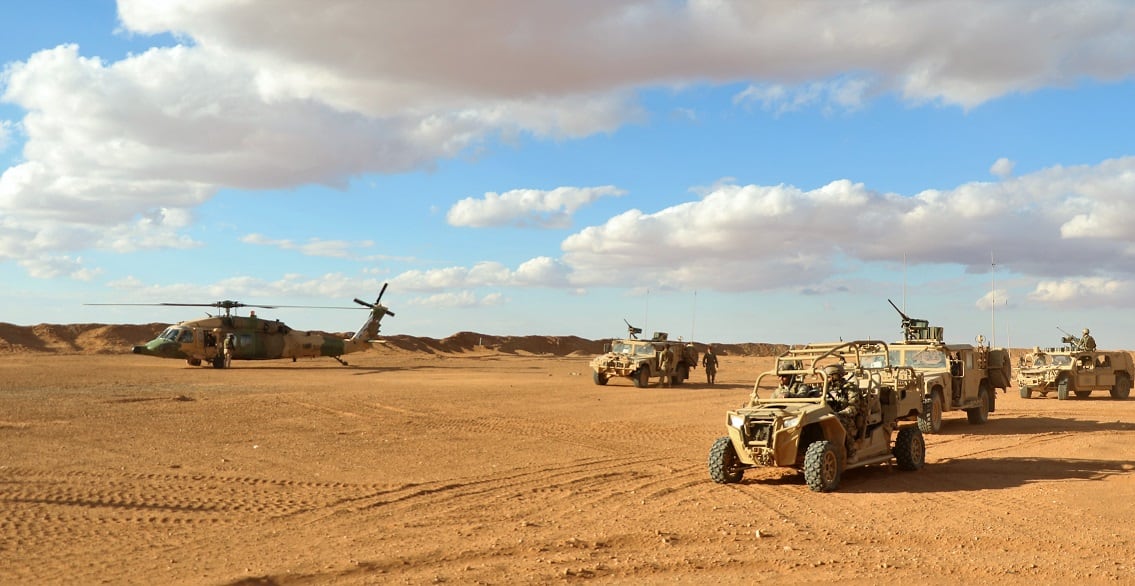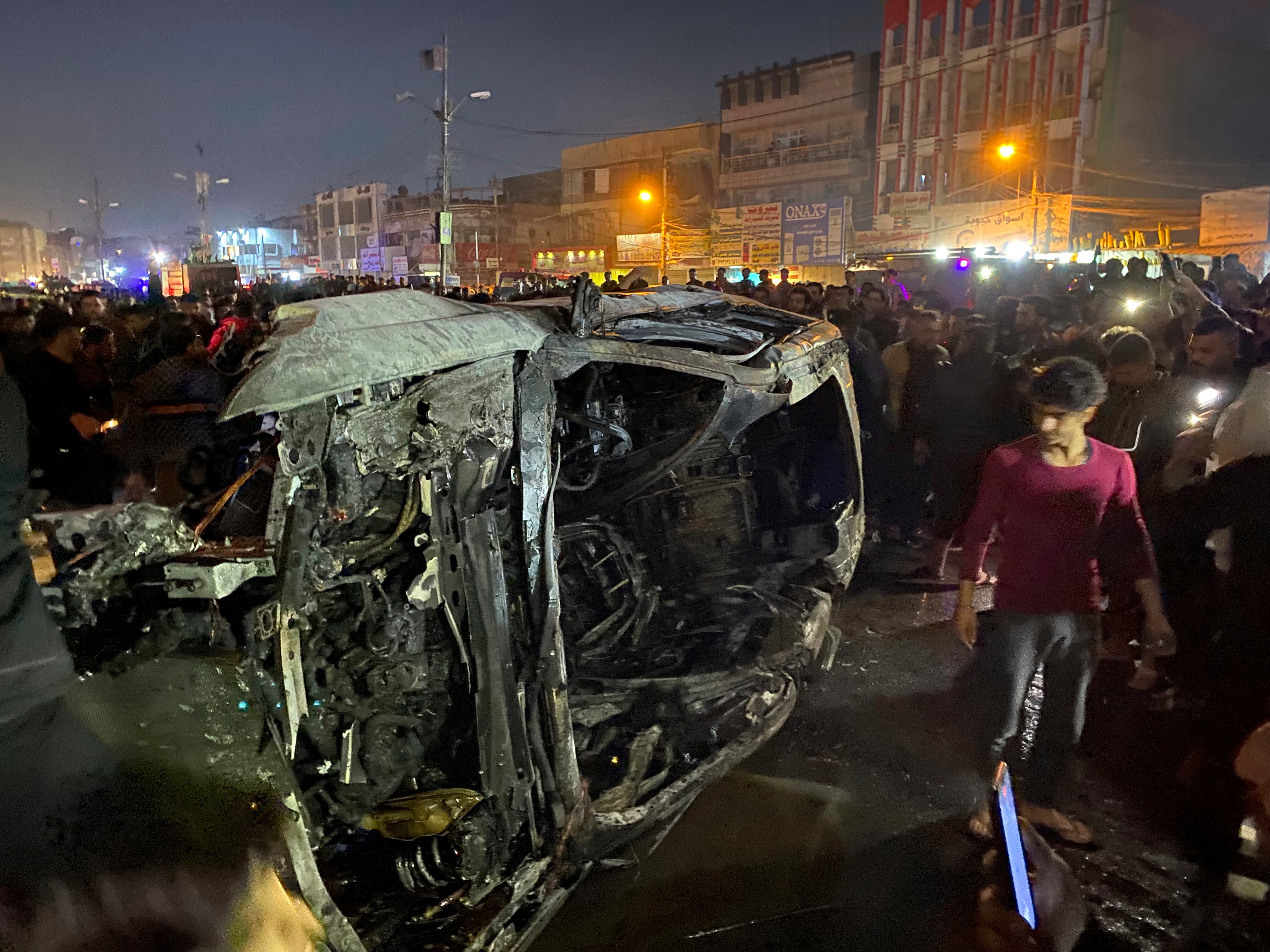The Defense Department said Thursday it estimates 40 militants were killed in a wave of strikes on 85 Iran-linked targets on Feb. 2, part of the first round of U.S. retaliation for the deaths of three service members at Tower 22 in Jordan on Jan. 28.
Separately, in Yemen, strikes on Feb. 3 took out more than 100 missiles and missile-launchers, “plus numerous communication capabilities, unmanned aerial vehicles, unmanned surface vessels, coastal radars, air surveillance capabilities and weapons storage areas,” Air Force Maj. Gen. Pat Ryder, a Pentagon spokesman, told reporters during a briefing Thursday.
“I will repeat again that the U.S. does not want escalation and that these strikes are directly in response to the actions by the Iranian-backed Houthis” in Yemen, Ryder said. “Again, however, we will not hesitate to defend lives and the free flow of commerce in one of the world’s most vital waterways.”
The second phase of retaliation for the Tower 22 attack came on Wednesday, when the U.S. struck a vehicle in downtown Baghdad, killing Kataib Hezbollah leader Abu Baqir al-Saadi, who was “responsible for directly planning and participating in attacks on U.S. forces in the region,” Ryder said.
RELATED

The Pentagon’s initial assessments have determined no civilians were injured in the strike, and that al-Saadi was the car’s only occupant, he added.
Ryder said the Pentagon is aware of reports that one civilian was killed in the Feb. 2 attacks, but said U.S. Central Command is still assessing whether the claim is true.
CENTCOM has launched four more strikes against Houthi missile sites and drones targeting the Red Sea since Saturday.
Early February’s barrage against Iran-backed groups in the Middle East is the U.S.’s biggest cluster of strikes since mid-October, when militias began launching near-daily attacks on U.S. troops in Iraq and Syria, followed by the Houthi rebels’ attacks in the Red Sea.
Meghann Myers is the Pentagon bureau chief at Military Times. She covers operations, policy, personnel, leadership and other issues affecting service members.




